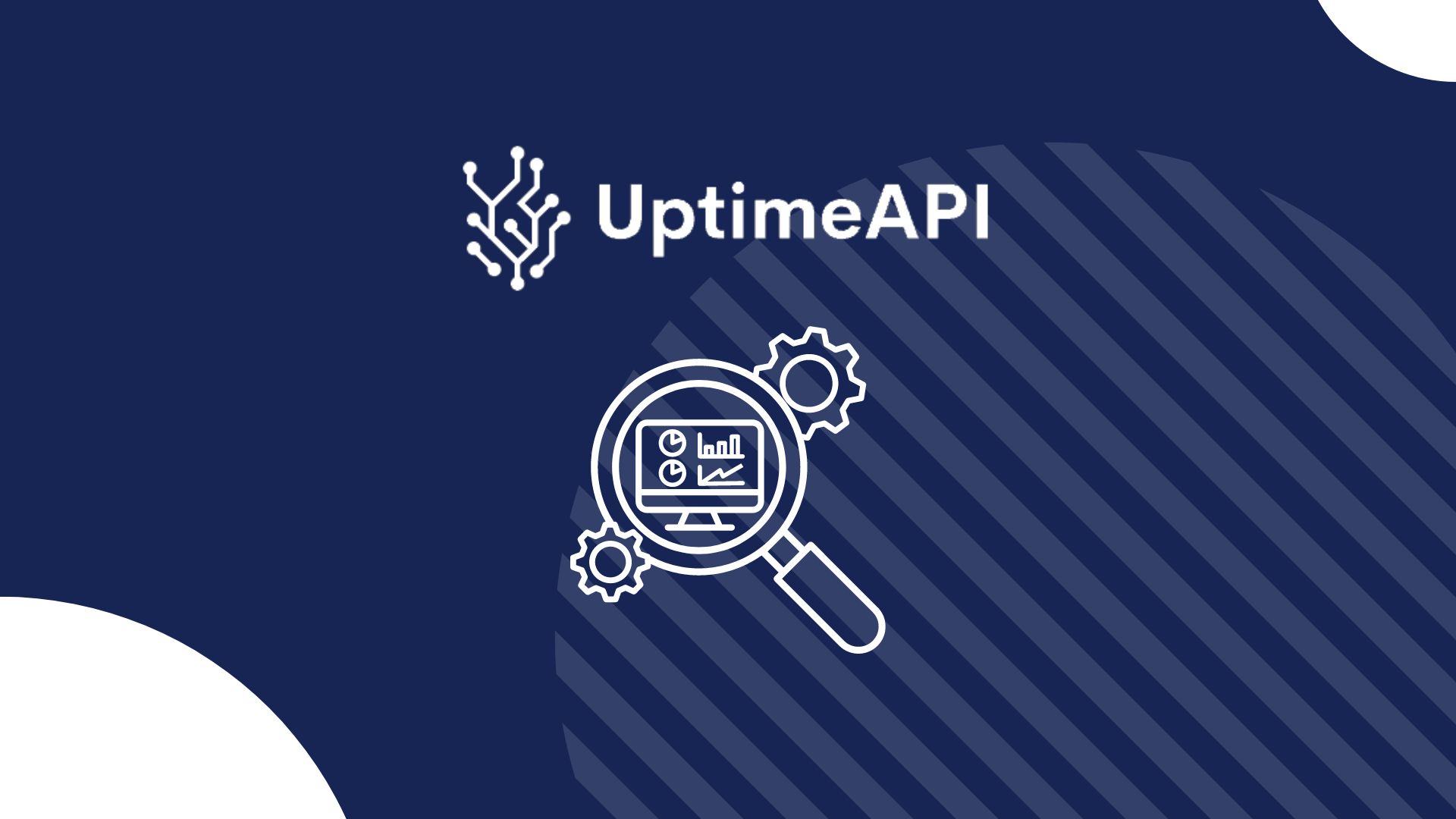REST API Monitoring Tool: Comprehensive Guide For Developers

These APIs, or representational state transfer application programming interfaces, are the backbones of smooth communication between disparate software systems in today's digital world. These interfaces specify the procedures and protocols that let several apps communicate with one another, promoting functional compatibility and data exchange. From cloud-based platforms and IoT devices to web services and mobile apps, REST APIs are essential to a wide range of applications. A REST API Monitoring Tool is the industry standard for web-based integrations because of their de facto simplicity, scalability, and flexibility.
The Growing Need for API Monitoring
As the reliance on REST APIs intensifies, ensuring their reliability and performance becomes paramount. The consequences of API failures can be severe, leading to degraded user experiences, operational disruptions, and financial losses. API monitoring has emerged as a crucial practice to preemptively identify and address potential issues. By continuously tracking the health and performance of APIs, developers can mitigate the risk of downtime and ensure optimal functionality. This proactive approach is indispensable in maintaining the integrity and efficiency of modern digital services.
Why A REST API Monitoring Tool Is Crucial for Developers
For developers, a REST API Monitoring Tool is essential to maintain the reliability and performance of their applications. It provides critical insights into how APIs are performing, identifies potential bottlenecks, and ensures that any issues are promptly addressed. This proactive monitoring helps in sustaining high levels of service availability and performance, which is vital for user satisfaction and business success.
Monitoring APIs in real time is essential to keeping them functional and healthy. It entails watching API interactions continuously in order to identify and fix problems as they arise. Instant feedback from real-time monitoring tools helps developers make timely corrections and guarantee reliable API performance.
Robust API alerts systems are provided by effective API monitoring tools, informing developers of any anomalies or errors. It is possible to set up these alerts to activate in response to pre-established circumstances and thresholds, which guarantees that problems are found early and fixed before they get worse.
Uptime API
You can keep an eye on your APIs with Uptime API. It functions by routinely verifying that your APIs are operational and functioning as intended. It's simple to set up monitors. The target API endpoint URL and the ability to modify the watch's timeout and interval settings are required in order to set up monitors. Monitoring intervals reflect how frequently an API will do health checks, whereas timeouts indicate how long an API will wait for a response. With these settings, you may tailor monitoring to your requirements and tastes.
Right from your API dashboard, you can set up alerts and decide which contacts should receive notifications. You can then inform your team in this manner. You can select the package that best suits your monitoring requirements because of its numerous adjustable settings and monitor limits. Additionally, it offers historical data and analytics so you can monitor how API availability and performance have changed over time. Obtain access to your logs so you may investigate any API problems.
Examine historical performance trends and make decisions based on the facts. Alerts can be tailored to your needs in order to minimize interruptions. monitoring APIs immediately and quickly with data. You can choose the alert distribution method that best meets your needs, whether it be email notifications, SMS, or webhooks.
